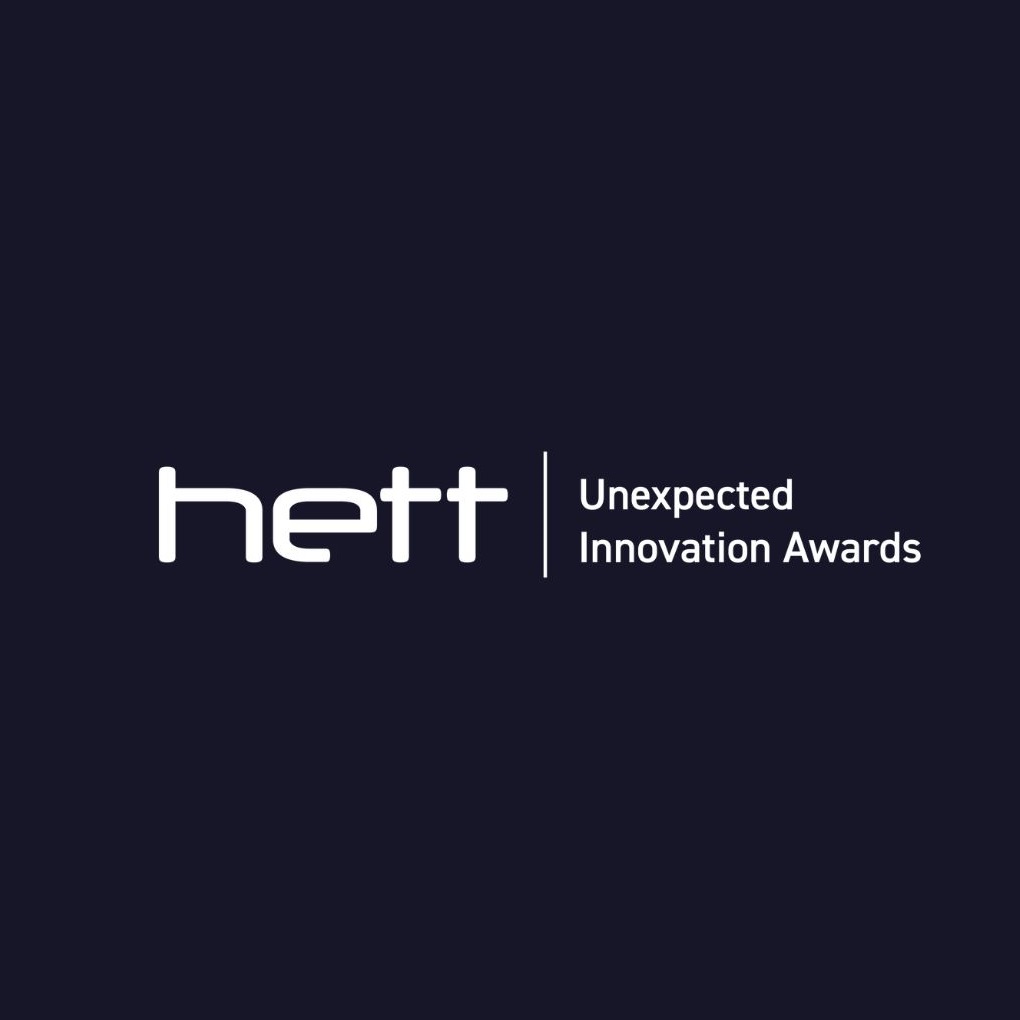The HETT Unexpected Innovation Awards returns in November 2022 to celebrate the very best in experimental design, collaboration, and leadership in digital healthcare.
The event showcases champions of digital health innovation and highlights some great stories of transformation. The awards bring together the health and care ecosystem and highlights best practice examples to inspire more to do the same.
The Trojan Mouse award seeks to highlight an individual who has made impactful and meaningful changes through a steady and incremental approach to digital transformation. Their dedication and focus enables an agile approach to innovation, and for teams and organisations to adapt to optimise new ways of working.
The three shortlisted submissions for this category are:
The Digital Cataract Service Team at Moorfields Eye Centre Croydon
The pandemic brought much of the cataract service to a complete standstill, but this was not the case with the digital cataract service team at Moorfields Eye Centre Croydon.
The team established a sustainable telemedicine model to deliver a cataract care pathway. As the first team to trial the AttendAnywhere platform (patient teleconsultation) in March 2020, just weeks prior to the lockdown, they were able to adapt the platform to provide urgent eye care during the pandemic. It has since expanded its use into general ophthalmology consultation, remote advice, and guidance.
The success of the platform during the pandemic has led to new innovation. They are now working on Digital Cataract Service 2.0 to help tackle not only the pandemic backlog, but to establish it as the cataract pathway for the future. They are looking at home monitoring and photographing technologies in the search of a fully automated digital cataract service.
Surgeons are able to diagnose remotely by the use of video clinics (AttendAnywhere), and cataract imaging hubs where anterior segment and fundus high resolution photography, and optical coherence scans are performed. Only patients with unexpected findings or abnormal vitals are brought back for face-to-face reviews.
The results have been impressive, with 95% of patients satisfied with care and 57% preferring the video clinic method.
The team’s work has enabled the traditionally digitally excluded patients to also benefit from the new pathway, so no-one gets left behind.
Linda Skinner, Sussex Community NHS Foundation Trust
Just over ten years ago, when Linda Skinner started work in the tiny digital team at the Sussex Community Trust, the implementation of Electronic Patient Record (EPR) systems was still in its infancy.
She was the only clinician in the IT dominated team and she has relentlessly championed the voice of the clinician in digital transformation. Now there are eight clinicians made up of a mix of nurses and allied health professionals.
Her knowledge and experience of clinical issues within the digital framework is extraordinary. She is an inspiring ambassador for digital change. Her voice may not always be the loudest, but is always the calmest, most thoughtful and inciteful. It is often the strongest in advocating and achieving change.
Among the many projects she has supported was the implementation of AutoPlanner for community nurses, despite the resistance to change. Her persistence was driven by her experience in community nursing.
Linda leads the team with a quiet confidence; supporting but challenging where appropriate. She has created a positive and encouraging culture, where everyone is valued, and individual skills are recognised. Her team is well resourced to lead on digital transformation and staff now see digital as something that they can be a part of.
As a result of her hard work and determination to raise the profile of the digital strategy, the trust has recently been awarded Digital Aspirant Plus status.
Kumbi Kariwo, Birmingham Community Health Care Foundation Trust
Kumbi Kariwo set out to address skin tone bias in wound care, specifically the poor early identification of pressure ulcers (PU) in darker skin tones. A PU is skin and tissue damage caused by continuous pressure over time (e.g., prolonged bed rest), which causes pain, damaged muscles or bones, and leads to a lengthy healing process with considerable cost to the NHS (in the range of £3.8 million/day).
Kumbi says, “the pandemic shone a light on health inequalities, particularly for those that are from Black Minority Ethnic (BME) communities, and I was determined to make a difference”.
Her goal was to improve patient experience, reduce health inequalities, support staff development, and improve the management of PUs.
Focusing on two clinical areas, Kumbi was able to get a true understanding of the current challenges. She identified the need for improved prevention, and earlier identification and detection of Stage 1 & 2 pressure ulcer damage in darker skin tones.
She stresses the importance of the gathering of pressure ulcer photographs, exploring Artificial Intelligence in detecting early stage pressure ulcers, and changing the way in which data is collected to include ethnicity and age.
Kumbi actioned a multidisciplinary approach engaging with the Digital Information Technology Executive (DITE), The Equality and Improvement Programme Board, and finance teams.
The early detection of PUs will benefit patients by allowing improved quality of life through early intervention, preventive work, and better continuity of care.
Visit the HETT Unexpected Innovation Awards 2022 website for more information about the categories and the upcoming awards ceremony.

The HETT Unexpected Innovation Awards will take place on 23 November 2022 to celebrate the very best in experimental design, collaboration, and leadership in digital healthcare.
%20(1).png?width=500&height=58&name=HETT%20insights%20logo%20RGB-04%20(1)%20(1).png)

